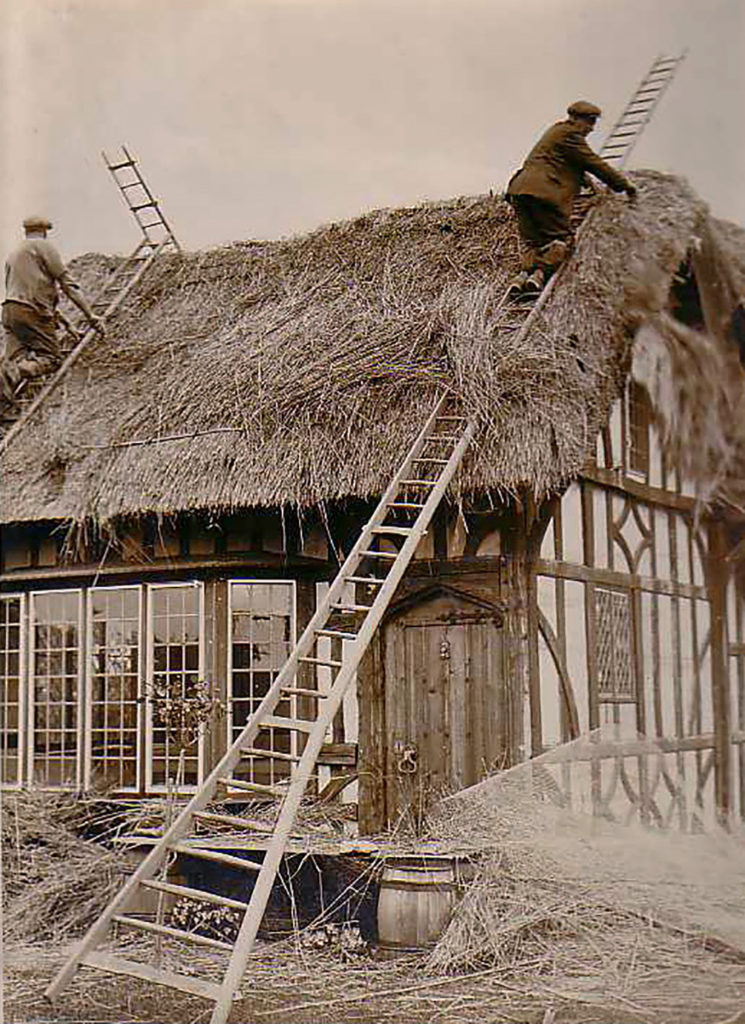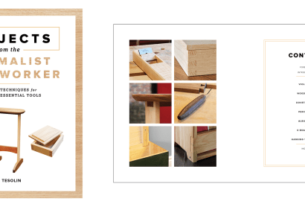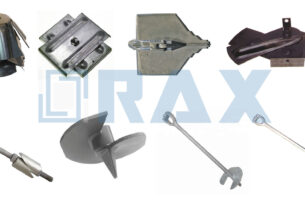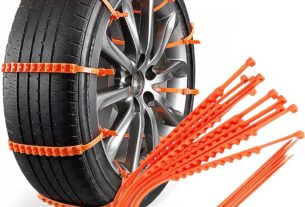Thatch Tools: The Ultimate Guide to Maintaining Your Thatched Roof
Thatched roofs are beautiful and add character to any home, but maintaining them can be a challenge. Fortunately, with the right thatch tools, you can keep your roof in top condition for years to come. In this comprehensive guide, we’ll cover everything you need to know about maintaining your thatched roof.
Why is it important to maintain your thatched roof?
A thatched roof requires regular maintenance to prevent damage and prolong its lifespan. Neglecting your roof can lead to leaks, rotting, and even a fire hazard. Regular upkeep also ensures that your roof maintains its appearance and adds value to your property.
What are the essential thatch tools?
To properly maintain your thatched roof, you’ll need the following tools:
1. Ladder – A sturdy ladder is necessary for accessing your roof safely.
2. Rake – A rake is used to remove debris and moss from the surface of the thatch.
3. Brush – A soft-bristled brush is ideal for cleaning the ridges and reed tops.
4. Shears – Shears are used for trimming overgrown vegetation around the roof’s edges.
5. Sprayer – A sprayer is useful for applying preservatives and pesticides.
How often should you maintain your thatched roof?
The frequency of maintenance depends on several factors, such as the type of thatch material, the location of your property, and the prevailing weather conditions. As a general rule of thumb, it’s best to inspect your thatched roof at least twice a year – once in spring and again in autumn.
Spring Maintenance
When performing spring maintenance on your thatched roof, focus on removing all debris accumulated during winter months. Use a rake to gently remove dead leaves, twigs, and other debris from the surface of the thatch. Pay close attention to areas surrounding chimneys, skylights, and any other structures protruding from the roof.
Next, use a soft-bristled brush to clean the ridges and reed tops. This process helps prevent moss and lichen growth and ensures that water flows freely off the roof. You should also trim overgrown vegetation around the edges of your roof with shears.
Finally, apply preservatives to protect your thatch from insects and rotting. A sprayer is ideal for this task as it allows you to apply a consistent coat of preservative evenly across the entire surface.
Autumn Maintenance
During autumn, focus on preparing your thatched roof for winter. Start by inspecting the roof for any damage or wear and tear that may have occurred during summer months. Look out for holes, cracks, and broken reeds that could let in water.
Clean the ridges and reed tops again using a soft-bristled brush to ensure all debris has been removed. Also, check for any signs of mold or mildew growth and treat them accordingly.
Finally, apply a fire retardant to your thatched roof before winter sets in. Fire retardants can significantly reduce the risk of fire hazards caused by sparks from chimneys or fireworks during celebrations such as bonfire night.
Conclusion
Maintaining a thatched roof requires time, effort, and specialized tools. By following these tips outlined above regularly, you’ll keep your roof in excellent condition for years to come while adding value to your property.
Remember always to prioritize safety when working on your thatched roof. Use sturdy ladders with proper footing to avoid falls and wear appropriate clothing such as gloves and non-slip shoes.
Wiki Reference:
https://en.wikipedia.org/wiki/Thatched_roof
Hyperlinks:
1. https://www.thatchadvicecentre.co.uk/
2. https://www.nationaltrust.org.uk/features/how-to-look-after-a-thatched-roof
3. https://www.thatchfireprotection.co.uk/




